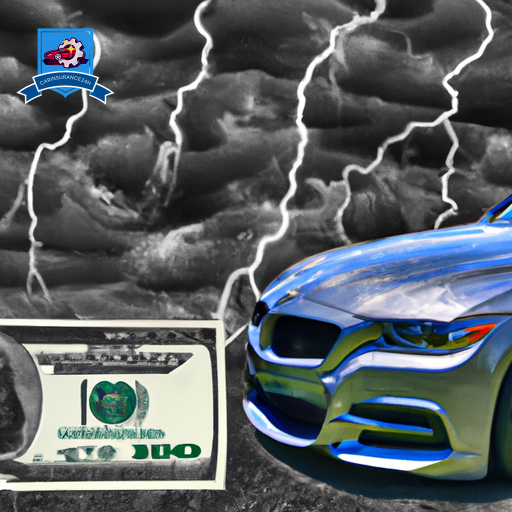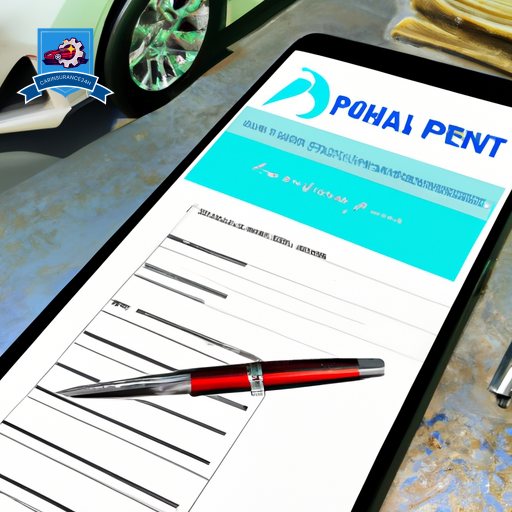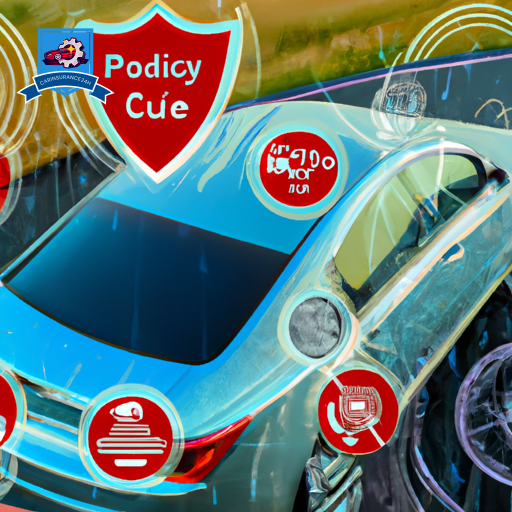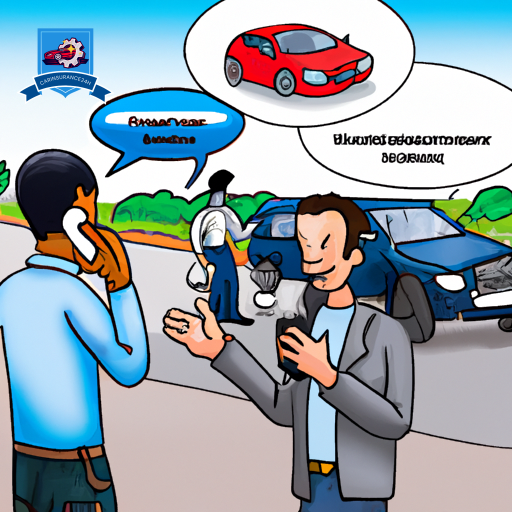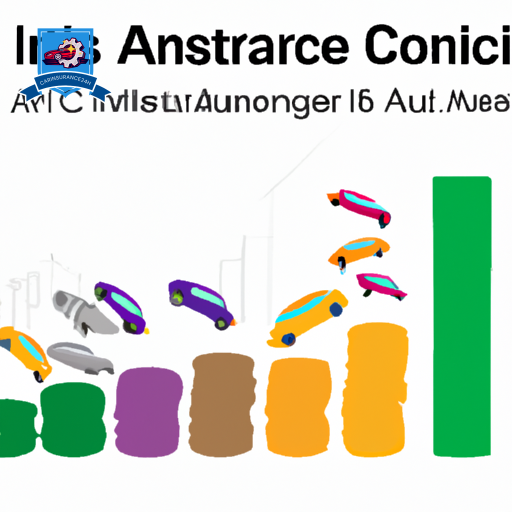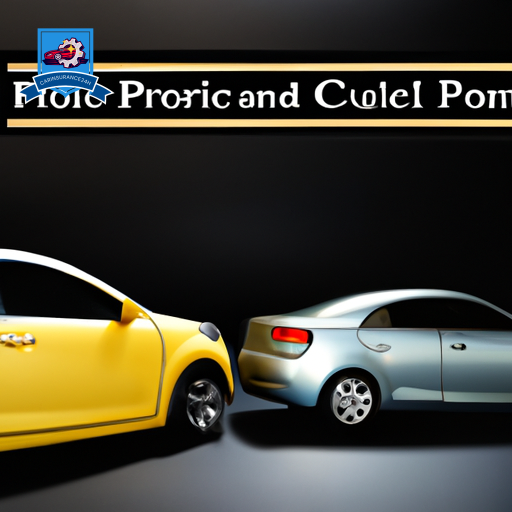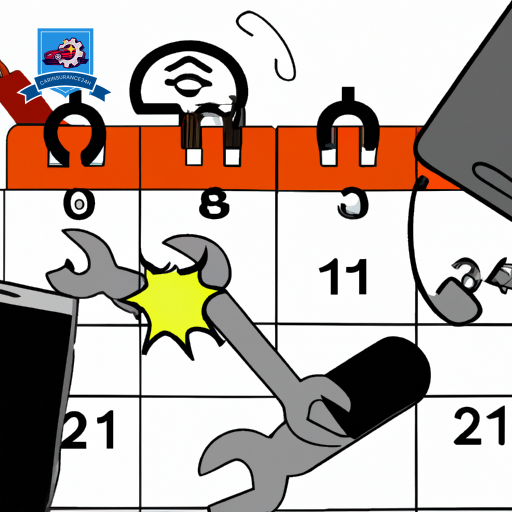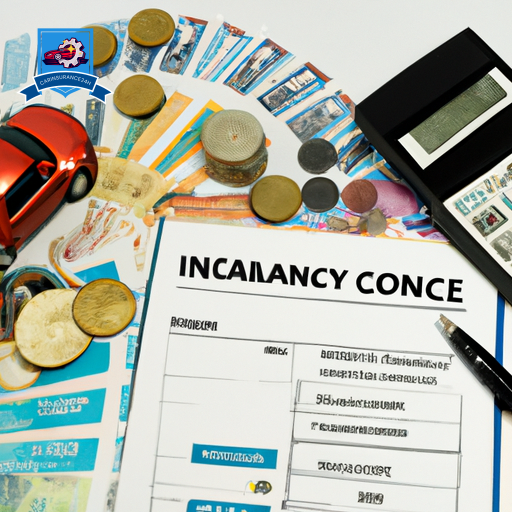When considering the value of collision insurance for older vehicles, vehicle owners must weigh the cost of insurance premiums against the potential financial loss in the event of an accident. Collision insurance, designed to cover the cost of repairs to a vehicle following an accident, becomes a subject of debate as the vehicle ages and its value decreases.
The critical question hinges on whether the cost of maintaining collision coverage is justified by the potential benefits, especially when the market value of the vehicle may not warrant significant insurance payouts. This analysis necessitates a thorough evaluation of the vehicle’s current value, the owner’s financial situation, and the likelihood of accidents, guiding owners toward a reasoned decision on whether to continue or forego collision coverage for their aging vehicle.
Understanding Collision Insurance

Collision insurance is a type of auto insurance coverage that pays for the repair or replacement of the policyholder’s vehicle in the event of an accident involving another vehicle or object. This form of protection stands as a critical component of a comprehensive auto insurance strategy, allowing drivers to navigate the aftermath of vehicular mishaps with financial support. Collision insurance operates under the principle of indemnity, which aims to restore the insured to their pre-accident financial condition, subject to the terms and conditions of the policy.
Coverage limits, a pivotal aspect of collision insurance, define the maximum amount an insurer will pay for a covered claim. These limits are established based on the policyholder’s preferences at the time of purchasing the insurance, influencing the premium costs. A higher coverage limit offers greater financial protection but comes at the expense of higher premiums. Consequently, selecting an appropriate coverage limit requires a balance between the desired level of protection and the willingness to pay higher premiums.
Policy deductibles play a significant role in the dynamics of collision insurance. A deductible is the amount the policyholder is responsible for paying before the insurance coverage kicks in. Typically, policies with higher deductibles have lower premium costs, as the policyholder assumes a greater portion of the financial risk. This arrangement encourages responsible driving behavior while providing a mechanism to reduce the cost of insurance. However, the chosen deductible should be an amount the policyholder can comfortably afford in the event of an accident, ensuring that the benefits of collision coverage can be fully utilized when needed.
Evaluating Your Vehicle’s Value

Understanding the nuances of collision insurance necessitates a careful evaluation of your vehicle’s current market value to make informed decisions about coverage limits and deductibles. The depreciation rate plays a critical role in this assessment, as it directly impacts the vehicle’s worth over time. Vehicles typically depreciate rapidly within the first few years of purchase, with the rate slowing down as the vehicle ages. This depreciation curve suggests that older vehicles have a notably lower market value compared to their original purchase price.
To accurately evaluate a vehicle’s current market value, owners should consider both the depreciation rate and current market trends. Market trends can provide insight into the demand for specific vehicle models, which may affect their resale value. For instance, certain makes and models that are known for their durability and reliability might depreciate at a less rate compared to others.
Additionally, external factors such as economic conditions and technological advancements can influence market trends, potentially affecting the market value of older vehicles. For example, a surge in demand for electric vehicles may decrease the market value of older, traditional combustion engine cars.
A thorough understanding of these aspects—depreciation rate and market trends—is essential for vehicle owners to accurately assess their vehicle’s value. This assessment is pivotal when determining whether the cost of collision insurance aligns with the vehicle’s current worth, ensuring that owners are neither over-insured nor under-insured.
Assessing Financial Impact
Evaluating the financial impact of collision insurance on older vehicles requires a careful analysis of premiums versus potential benefits. Owners must consider the relationship between the cost of maintaining collision coverage and the potential outlay for repair costs in the event of an accident. This assessment hinges on a clear understanding of how premiums may fluctuate over time and the typical repair costs associated with older models.
Premium changes often reflect the insurer’s assessment of risk, vehicle value, and the likelihood of filing a claim. As vehicles age, their value decreases, potentially leading to lower premiums. However, insurers may also consider older vehicles riskier due to outdated safety features, possibly offsetting the expected decrease in premium costs. This balancing act between decreasing vehicle value and perceived risk levels necessitates a thorough examination of premium statements over time to gauge the financial viability of maintaining collision coverage.
Repair costs, on the other hand, present a more variable factor. Older vehicles may incur higher repair costs due to the scarcity of parts or the necessity for specialized labor. Conversely, minor collisions may result in repair expenses that are manageable out-of-pocket, questioning the utility of filing a claim and risking premium increases. The decision to carry collision insurance on an older vehicle becomes a calculation of potential repair costs against the certainty of premium expenses.
Considering Accident Probability
After examining the financial aspects of collision insurance for older vehicles, it becomes necessary to analyze the likelihood of accidents and their implications on the decision to maintain coverage. This assessment must consider factors such as driving habits and road conditions, which greatly influence accident probability.
-
Driving Habits: Individuals who often drive in high-traffic areas or during peak hours may face a higher risk of collisions. These environments increase the likelihood of accidents due to the higher density of vehicles and the potential for erratic driving behavior. Conversely, those who mainly drive in rural areas with less traffic may find the probability of accidents significantly lower. However, even in low-traffic situations, unforeseen circumstances can lead to collisions, making it critical to weigh the risk based on personal driving patterns.
-
Road Conditions: The state of the roads on which a vehicle is driven plays a critical role in accident risk. Poorly maintained roads with potholes, inadequate signage, or insufficient lighting can increase the chances of collisions. Seasonal weather conditions also affect road safety, with ice, snow, and rain greatly impacting vehicle handling and braking distances. Drivers must consider the typical conditions of their regular routes when evaluating the necessity of collision insurance.
-
Vehicle Age and Safety Features: Older vehicles may lack the advanced safety features found in newer models, such as automatic braking systems or lane departure warnings. This absence can lead to a higher chance of being involved in an accident, as the vehicle may not be as capable of avoiding collisions in emergency situations.
Making the Final Decision
Deciding whether to maintain collision insurance for an older vehicle ultimately depends on weighing the individual’s risk tolerance against the financial implications. Vehicle owners must evaluate the cost of collision insurance premiums relative to the vehicle’s current market value and their ability to absorb out-of-pocket expenses in the event of an accident. This deliberate analysis guarantees that the decision aligns with both financial prudence and personal comfort with risk.
Considering policy cancellation, vehicle owners should understand the consequences and benefits. Canceling collision insurance might result in immediate cost savings, as it eliminates the recurring expense of premiums. However, it also transfers the financial burden of repairing or replacing the vehicle entirely to the owner should a collision occur. This risk must be balanced against the potential savings, keeping in mind the vehicle’s depreciated value and the likelihood of needing to file a claim.
Insurance alternatives present another aspect of the decision-making process. Owners of older vehicles might explore other insurance options that better suit their needs and financial situation. For example, increasing the deductible can lower premium costs while still providing some level of collision coverage. Alternatively, focusing on all-encompassing coverage might be more appropriate, protecting against non-collision-related incidents such as theft or natural disasters, which could still pose significant financial risks.
In making the final decision, vehicle owners should thoroughly assess their financial capacity, risk tolerance, and the specific circumstances of their vehicle. This thorough evaluation will guide them towards a decision that guarantees financial security and peace of mind, whether that involves maintaining, modifying, or canceling collision insurance.
Frequently Asked Questions
How Do Specific Modifications or Aftermarket Additions to Older Vehicles Impact the Cost-Effectiveness of Collision Insurance?
Specific modifications or aftermarket additions can greatly increase an older vehicle’s modification value, potentially necessitating adjustments to insurance limits to maintain cost-effectiveness. This assessment makes sure that collision insurance remains aligned with the vehicle’s enhanced value.
Are There Any Particular Makes or Models of Older Vehicles for Which Collision Insurance Premiums Tend to Be Significantly Lower or Higher, and Why?
Certain older vehicle makes and models experience varying insurance premium costs due to vehicle depreciation and insurance deductibles. These factors greatly influence the financial practicality of collision insurance, highlighting the intricate dance between value and protection.
How Do Regional Factors (Such as Weather Conditions or Urban Vs. Rural Areas) Affect the Decision to Keep or Drop Collision Insurance on an Older Vehicle?
Regional factors greatly influence the advisability of maintaining collision insurance on an older vehicle. Areas with severe weather or high traffic density may justify the expense, especially if policy discounts are available based on vehicle age.
Can the Historical Accident Rate of a Driver Influence the Advisability of Maintaining Collision Insurance on an Older Vehicle?
Exploring the road of insurance, a driver’s historical accident rate can serve as a compass, potentially guiding to policy discounts. Driver habits, hence, influence the advisability of maintaining collision insurance on an older vehicle.
What Are the Implications of Not Having Collision Insurance When an Older Vehicle Is Involved in an Accident With an Uninsured or Underinsured Motorist?
Not having collision insurance for an older vehicle can result in significant legal consequences and hinder financial recovery in accidents involving uninsured or underinsured motorists, potentially leaving the vehicle owner liable for all repair costs.

